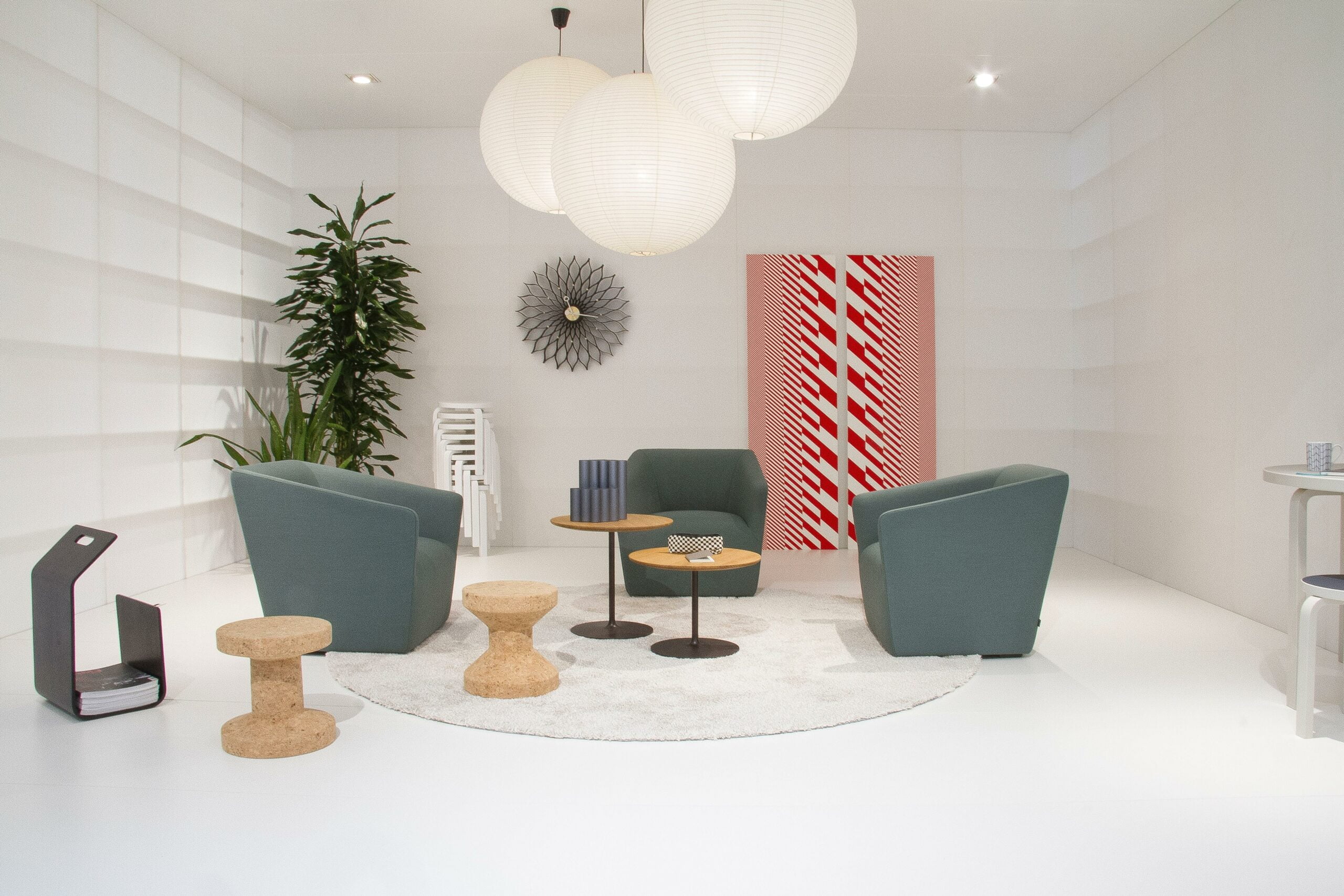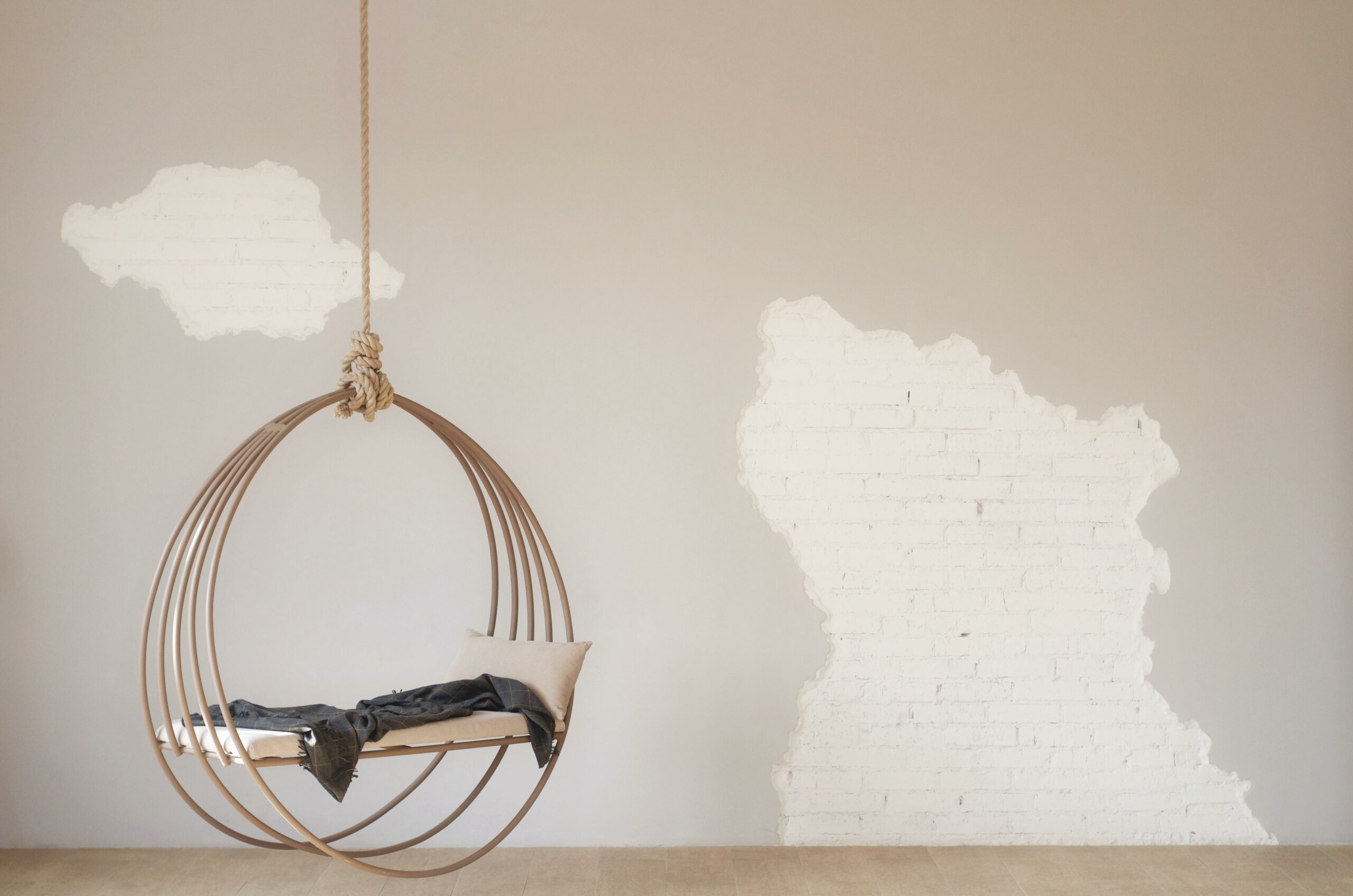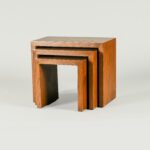Are you ready to dive into the fascinating world of furniture making? If you’re someone who appreciates the artistry and craftsmanship that goes into creating beautiful pieces, then you’re in for a treat. In this article, we will unveil a treasure trove of intriguing insights and facts about the world of furniture making. From the history behind timeless designs to the remarkable techniques used by master craftsmen, prepare to be amazed by the stories and secrets that lie within the realm of furniture making.

Furniture Making Revealed: Intriguing Insights and Facts
Interesting Facts About Furniture Making
When it comes to furniture making, there are plenty of fascinating facts that can spark your curiosity and make you appreciate the craftsmanship behind each piece. From ancient wooden furniture to modern innovations, the world of furniture making is full of interesting stories.
1. Oldest Wooden Furniture: Over 2,700 Years Old
Did you know that some of the oldest pieces of wooden furniture still in existence today are over 2,700 years old? These ancient treasures serve as a testament to the durability and timeless appeal of well-crafted wood pieces. From chairs to tables, these ancient artifacts remind us that the love for furniture and craftsmanship is not a recent phenomenon.
“Ancient wooden furniture holds a sense of history, connecting us to our ancestors’ lives and providing a glimpse into past civilizations.”
2. The Most Expensive Piece: The Badminton Cabinet
The most expensive piece of furniture ever sold is the magnificent Badminton Cabinet, which fetched a jaw-dropping $36.7 million. Crafted in the early 18th century, this stunning work of art combines intricate marquetry, precious materials, and exceptional skill. It serves as a reminder of the extraordinary value that can be placed on a meticulously crafted furniture piece.
“The Badminton Cabinet is a true masterpiece, embodying the pinnacle of furniture craftsmanship and timeless beauty.”
3. Furnitureland South: A Home Furnishing Haven
If you’re ever in Jamestown, North Carolina, make sure to visit Furnitureland South. This prominent home furnishing store is an absolute paradise for furniture enthusiasts, boasting an impressive showroom the size of 15 football fields. With over 1.3 million square feet of display space, you can explore countless styles, designs, and materials all under one roof.
“Furnitureland South is a dream destination where you can immerse yourself in the world of furniture, finding inspiration and the perfect piece for your home.”
4. Dog Furniture: A Growing Industry
In 2018, the pet furniture industry experienced a significant trend as dog furniture accounted for a 40% share of the market. As pet owners increasingly prioritize their furry friends’ comfort and style, furniture designed specifically for dogs has become immensely popular. From cozy dog beds to stylish feeding stations, pet furniture allows our four-legged companions to relax in style.
“Pet furniture has become an exciting niche within the industry, reflecting our dedication to providing comfort and luxury for our beloved fur babies.”
5. Materials: The Building Blocks of Furniture
Furniture is crafted using a wide array of materials, each with its own unique properties and aesthetic appeal. Wood, metal, plastics, marble, glass, fabrics, and related materials all play a role in creating furniture pieces that suit various styles and functions. This diversity in material choices allows furniture makers to unleash their creativity and cater to a wide range of preferences.
“From the warmth of wood to the sleekness of metal, the materials used in furniture making shape the character and design of each piece.”
6. Evolution of Construction Techniques
Over time, the construction techniques used in furniture making have evolved, transforming the industry and pushing the boundaries of what is possible. One significant change has been the introduction of new types of adhesives, which have replaced traditional animal glue. These modern adhesives provide stronger, more durable bonds, allowing furniture makers to create intricate and long-lasting designs.
“With the advent of new adhesives, furniture makers have unlocked endless possibilities, creating furniture that is not only beautiful but also built to stand the test of time.”
7. A Rich History of Craftsmanship
The furniture industry boasts a rich history filled with revolutionary changes in technique and craftsmanship. From ancient Egypt to the Renaissance, furniture design and construction have been influenced by cultural movements, technological advancements, and the ever-changing needs of society. Each era has left its mark on furniture design, creating a dynamic and ever-evolving art form.
“The history of furniture making is a captivating journey through time, showcasing the ingenuity and creativity of generations of skilled craftsmen.”
8. Thrones and Chairs: A Symbol of Status
In medieval times, sitting upon a throne was reserved for kings and royals, while chairs were a luxury item often only found in noble households. The general population sat on stools, benches, or simply the ground. This stark contrast in seating arrangements highlighted the hierarchical structure of society, where furniture was not only functional but also a status symbol.
“In the past, furniture underscored the social hierarchy, with thrones and chairs serving as symbols of power and privilege.”
9. The Office Chair: Charles Darwin’s Legacy
You may be surprised to learn that Charles Darwin, the renowned naturalist, is credited with inventing the office chair. Suffering from various health issues that made it difficult for him to work comfortably, Darwin designed a chair that provided the support and adjustability needed for prolonged periods of scientific study. His innovation paved the way for the ergonomic office chairs we use today.
“Thanks to Charles Darwin’s inventive spirit, office chairs have become an essential tool for productivity and comfort in the modern workplace.”
10. Upholstery: A Lifetime Investment
When it comes to purchases, upholstery is often the third most expensive item a person will buy in their lifetime, following a house and car. This highlights the significant investment we make in creating a comfortable and stylish living space. Upholstered furniture, such as sofas and armchairs, not only provide a cozy place to relax but also contribute to the overall aesthetic and ambiance of a room.
“Upholstery is more than just padding and fabric; it represents the art of both comfort and self-expression, making it a worthy investment in our homes.”
11. Lifespan of a Sofa: Around Eight Years
On average, a sofa has a lifespan of approximately eight years before it is replaced. Factors such as usage, construction quality, and maintenance play a role in determining how long a sofa remains comfortable and visually appealing. While some may opt to invest in high-quality, durable sofas that can last for decades, others may prefer to update their furniture more frequently to keep up with changing trends.
“A sofa accompanies us through countless moments of relaxation and connection, making it an essential and well-loved fixture in our daily lives.”
12. The First Bed: A Gathering Space
The earliest beds were communal and could hold as many as 65 sleepers. In ancient societies, beds were not only a place for rest but also served as a communal gathering space. People slept together, shared stories, and built social connections, emphasizing the importance of community and bonding in daily life. As time progressed, beds transformed into more private and individual spaces.
“The first beds symbolized the communal nature of sleep, reminding us of the power of shared experiences and the significance of human connection.”
13. Desks: An Introduction in the 17th Century
Desks as we know them today were introduced to the market in the late 17th century. Prior to that, people primarily used writing surfaces that consisted of simple boards placed on trestles. As literacy rates rose and the need for organized workspaces grew, desks became an essential piece of furniture, providing a dedicated area for reading, writing, and studying.
“Desks revolutionized the way we work and learn, offering a space specifically designed to foster productivity, creativity, and focus.”
14. Furniture and Life: An Unbreakable Bond
Studies have shown that a person typically spends about a third of their life on furniture, emphasizing the intimate relationship between humans and the objects they interact with daily. Furniture plays a significant role in shaping the look and feel of interior design, creating a comfortable and personalized space that reflects our personality and lifestyle.
“Furniture holds a special place in our lives, accompanying us through countless memories and providing comfort along our journey.”
Final Thoughts
Exploring the intriguing world of furniture making reveals not only the mastery of craftsmanship but also the stories and rich history behind each piece. From antique treasures to modern design innovations, furniture making has shaped the way we live, work, and connect with one another. So, the next time you sit on a chair or admire a beautifully crafted table, take a moment to appreciate the rich tapestry of knowledge and artistry that goes into creating every piece of furniture.
“Furniture making is a true art form, showcasing the creativity, skill, and passion of artisans who shape our world with their hands and tools.”
Furniture making is an art that has been practiced for centuries, and there are plenty of fascinating facts to uncover about this craft. Did you know that the oldest known piece of furniture is over 7,000 years old? Imagine the stories it could tell! If you’re interested in learning more about the intriguing world of furniture making, check out our comprehensive guide on facts about furniture making. You’ll discover the secrets behind the intricate designs, the materials used throughout history, and the evolution of furniture styles. Get ready to be captivated by the rich history and craftsmanship that goes into creating the pieces we use and cherish every day. Click here to explore our collection of intriguing facts about furniture making: facts about furniture making
FAQ
Q: How old is the oldest piece of wooden furniture known today?
A: The oldest pieces of wooden furniture in existence today are more than 2,700 years old.
Q: What is the most expensive piece of furniture ever sold?
A: The Badminton Cabinet, worth $36.7 million, holds the title of the most expensive piece of furniture ever sold.
Q: Where is Furnitureland South located?
A: Furnitureland South, a prominent home furnishing store, is located in Jamestown, North Carolina.
Q: What materials are typically used to make furniture?
A: Furniture is typically made from materials such as wood, metal, plastics, marble, glass, fabrics, or related materials.
Q: How has the construction of furniture changed over time?
A: The construction of furniture has been influenced by the introduction of new types of adhesives, replacing traditional animal glue.
















